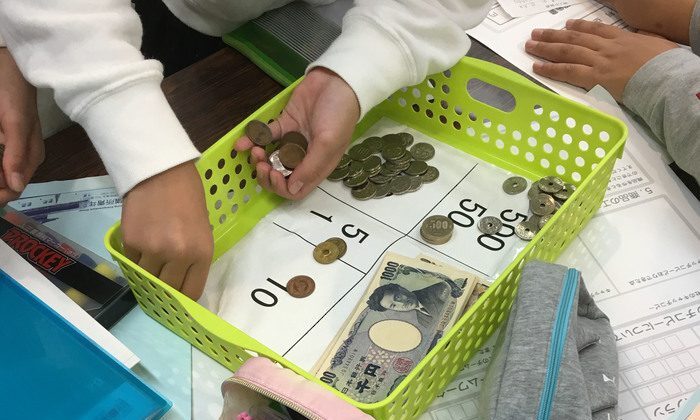Part 3 of 3: This article covers winding the businesses down and the evaluation of results. See Parts I and II.)
The schoolchildren were elated to sell out their products on sales day. It must have been hard to go back to the chamber of commerce just over a week later to reflect on what they had achieved.
There were two goals for the day. One was to have the children reflect on different aspects of their business: their catch copy, teamwork, customer service, product quality, how well they sold.
We also asked them about their expected sales and costs versus actuals. Some were extremely good at forecasting. One team in particular, which went on to win the prize for the best planning, had these figures. The best CFOs in the world would be proud of their accuracy. And while the profitability is very good at 50%, this wasn’t even the highest:
Learning Point #9
Making a realistic plan and tracking it well is essential in running a business.
The accuracy of the kids’ forecasts really made me think. In the day-to-day running of a small business, it’s easy to get caught up working “in” the business, rather than “on” it. Getting around to doing the accounting, which is not much fun, can be very hard. But in order to really know where cash is flowing, it is essential. I don’t update my accounts daily and I really should!
Many of the teams had similarly good figures. None were very wide of the mark. And when we asked them to tell us reasons for the variance, almost everyone could describe clearly why: “We offered a discount,” or “Potatoes cost ¥50 more than we thought.” On the whole, the teams with the most accurate forecasts, and those with the best profitability, were those who kept their line-up fairly simple. The above team sold frankfurters and three kinds of drinks. Some teams only sold two different products. It made for easy forecasting, easier customer choice and more efficient selling.
Learning Point #10
Keep it simple.
I run a consulting company. So although I don’t have to worry about stock, I do have to think about scalability and repeatability of the services I offer, or whether to charge by the task or by the hour. One of the problems that I am now seeing in my business is that I might be offering too many different services. I’m trying to be all things to all people, when really, I should be streamlining my offer to make it easier for my prospects to understand my value proposition. Since I realized this learning point, I have cut down the number of services I offer on my website. I’m thinking to go even further.
The second goal of the day was to wind up the companies. For this, the children had to calculate their sales and costs to determine their final profit. Sadly, the kids were not going to be able to simply split the money they had made five or six ways and walk away. Just like in the real world, they had to first of all pay 10% of profits to the “taxman.”
Next, those that borrowed from the banks had to pay back their ¥10,000 loan with 1% “interest.” The ¥100 interest per team and the tax – a small amount though it was – was donated to the city. After paying back their shareholders’ equity, they could finally split the remainder. Because this figure was rarely easily divisible by the five or six members, the few extra yen were paid to the CEO. It was mildly amusing to see the students complain at how unfair this was, even though it really was just a few yen! It did make me think though about equality of pay and how real-world companies keep salaries secret because there is a real sense of unfairness if one person sees how much they are “worth” compared to others.
Throughout the whole process of winding the companies down, and through all the planning and the actual sales day, a panel of judges was assessing the 14 teams. In addition to selecting an overall winner, we judged on four categories: best use of local product, best stall design, best planning, and best idea. For the overall winner, we used a weighted scoring system which placed higher value on the four categories. Of course, profitability is the lifeblood of any business, so this was also a very big part of the score. But most particularly, because we wanted to encourage more teams to use local products, we used this as a coefficient to multiply all the scores at the end. Although the most profitable team was excellent and ran their business extremely well, there was one other team that stood out in many of the categories, which actually came out as the overall winner.
Learning Point #11
Making a profit is not everything. But it is pretty important!
In this year’s competition, all 14 teams managed to sell all their products. They also all turned a profit. But in the end, the most profitable team didn’t win. Contrary to what many in society might say about the evils of capitalism, as Matsushita Konosuke, the founder of Panasonic, once said, making a profit is a good thing. It shows you are creating value for society. But he also said that a profit margin that is too high or too low is not a good thing. I will try to run my business by making better plans so I can help more local companies, and of course make a fair profit!



